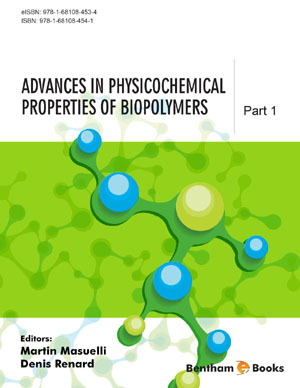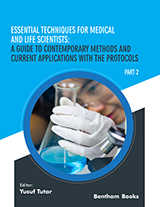Abstract
Chemoselective glycosylation (CG) methods have rapidly developed and diffused in glycochemist and glycobiologist's community in the last fifteen years, and an increasing number of applications confirms the enormous potential of these techniques. CG has been successfully used for the synthesis of glycoproteins, glycopeptides, glycosylated natural compounds, carbohydrate-functionalized surfaces and nanoparticles. CG techniques can be considered as subset of click reactions that allow the efficient, high-yield conjugation of sugars with unprotected aglycons in aqueous media. In this review the CG methods have been divided into two main groups: “direct” CG that uses unmodified glycans, and “indirect” CG, in which the sugar has to be chemically modified before the glycosylation reaction. Recent applications of both CG techniques are reviewed, with special focus on the chemistry of CG reactions: mechanisms, stereochemistry issues, structure and stability of the glycoconjugates.
Keywords: Chemoselective ligation, neoglycoconjugate, glyconanoparticle, microarray

















